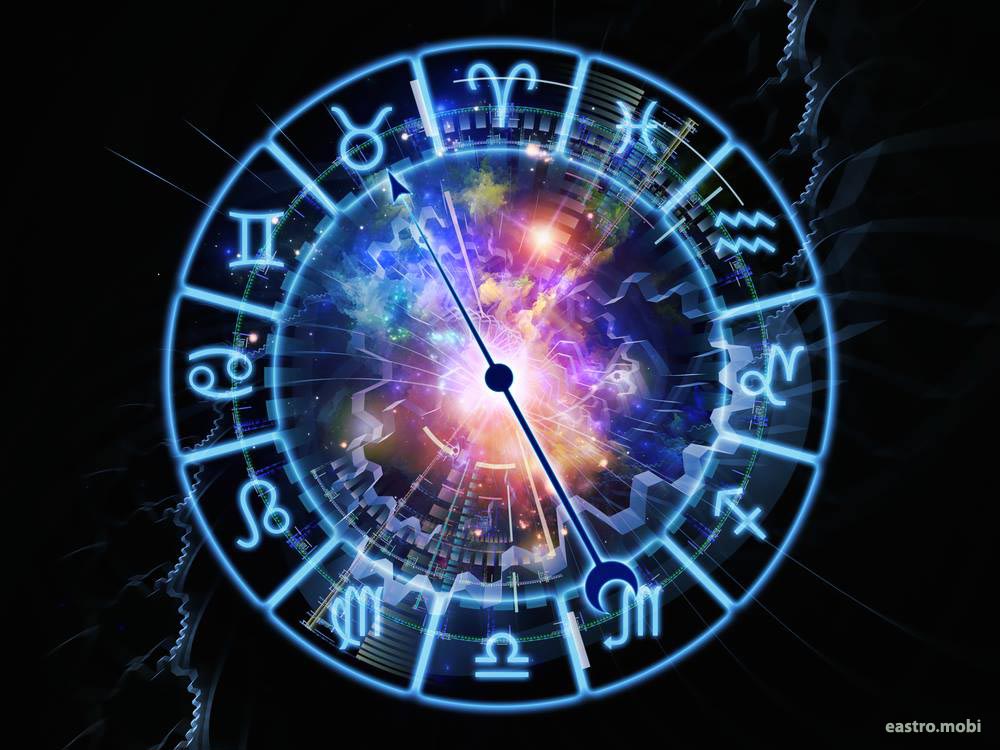Eccentric
and Epicyclic Theories of Eternal Astronomy, Sanatana Jyothis Saastra
On this great Auspicious day,
In the 28th Equinoctial Cycle,
The 28th Fourfold Chatur Yuga -
In the Cosmological Cycle, Sveta Varaha
In the Greater Equinoctial Cycle,
Manvantara ,Vaivaswata,
Kali 5125, we express what Nine
Revolving Heavens indicate !

The Sevenfold Ephemeris
These are the Saptanga,
The seven limbs of Almighty Time.
Day, Star, Lunation, Half Lunation,
Nitya Yoga, Year & Ahargana !
As tomorrow is unknown.
As next moment unknown.
Laplace advocated Probability,
As weapon to be in tune with Reality.
So use your IQ and MQ,
So follow the Light of the Heavens,
So that no evil will befall you.
As this Science is a Lamp In Darkness.
(Thamaseeya Deepaha)
This Scientia Intuitiva admits,
The Unknowable behind all manifestations,
Extends the limit of that Unknowable,
Till it comprehends all unknown.
POSITIONS FOR 28/03/2025 04:30:56 AM
Planet
Longitude
Mercury
337.3957
Sun
343.3443
Mars
88.6453
Jupiter
51.2787
Venus
335.3316
Saturn
329.7622
Moon
323.0533
Sidereal Time
1047
Star
POORORUTTAT
Equation of Time
6.12
Duration of Night
-10.0
Vara,Weekday
F
Thidhi,Elongation
CHATHURDASI
Nitya Yoga
SUBHA
Karana,Half Lunation
Vishti
Ascending Degree
326.2
Descending Degree
146.2
Sun Rise
626
Sun Set
636
Solstice
8
Moonstice
6
Angle of Solar Declination
2.97
Ahargana
1872297
Solar Month
Meena
Kali Era
5126
Saka Era
1946
Masonic Era
6025
Mal Year
1200
Lunstice
7.42
Day Duration
10.00
Chandra Vela
SWARNA BHOOS
Chandra Kriya
BANDHANA STH
close all
do aus
Chandra Avastha
PRANAHANI
![]()
![]()
![]()
![]()